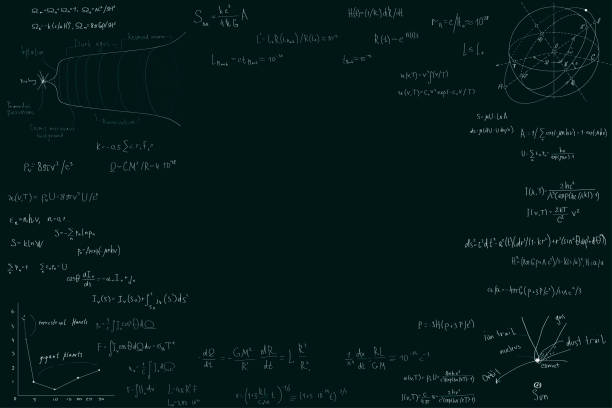Definition and Scope
Astrophysics is a branch of astronomy that applies the principles of physics and chemistry to understand the nature of celestial bodies and cosmic phenomena. It encompasses the study of the Sun, stars, galaxies, exoplanets, the interstellar medium, and the cosmic microwave background, analyzing their luminosity, density, temperature, and chemical composition. (britannica.com)
Historical Development
The origins of astrophysics trace back to ancient civilizations that observed and recorded celestial movements. However, the discipline began to take shape in the 17th century when scientists like Galileo Galilei and Isaac Newton applied physical laws to celestial bodies, challenging the Aristotelian view that separated terrestrial and celestial physics. (en.wikipedia.org)
In the 19th century, the development of spectroscopy allowed astronomers to analyze the chemical composition of stars, marking a significant advancement in astrophysical research. (en.wikipedia.org)
Branches of Astrophysics
Astrophysics can be divided into several main branches:
- –
Observational Astrophysics: Focuses on collecting and interpreting data from celestial objects using telescopes and other instruments across various wavelengths, including radio, optical, and X-ray. (
en.wikipedia.org)
- –
Theoretical Astrophysics: Involves developing models and simulations to explain astronomical phenomena, such as stellar evolution, galaxy formation, and cosmology. (
en.wikipedia.org)
- –
Computational Astrophysics: Utilizes numerical methods and computer simulations to solve complex astrophysical problems, including fluid dynamics and magnetohydrodynamics. (
en.wikipedia.org)
Key Concepts
- –
Stellar Evolution: Studies the life cycles of stars from formation to their end states as white dwarfs, neutron stars, or black holes.
- –
Cosmology: Examines the origin, evolution, and large-scale structure of the universe, including the Big Bang Theory and the expansion of the universe. (
physicsfaq.com)
- –
Dark Matter and Dark Energy: Investigates the unseen components of the universe that influence its structure and expansion. (
physicsfaq.com)
- –
Exoplanet Research: Searches for and characterizes planets outside our solar system to understand planetary systems and the potential for life elsewhere. (
astronomyexplained.com)
Modern Developments
Advancements in technology have led to significant progress in astrophysics. Space-based observatories like the Hubble Space Telescope and the James Webb Space Telescope have provided unprecedented views of the universe. (science.nasa.gov)
The detection of gravitational waves has opened a new window for observing cosmic events, confirming predictions made by Albert Einstein's theory of general relativity. (ferrovial.com)
Applications and Impact
Astrophysics has profound implications for our understanding of fundamental physics, the origins of the universe, and the potential for extraterrestrial life. It also drives technological innovations, such as advancements in imaging and data analysis techniques, which have applications beyond astronomy.
Future Directions
Ongoing and upcoming missions aim to address unresolved questions in astrophysics. For instance, the Nancy Grace Roman Space Telescope, set to launch in 2027, will investigate dark energy and exoplanets. (science.nasa.gov)
The field continues to evolve, integrating new observations and theoretical developments to deepen our comprehension of the cosmos.
